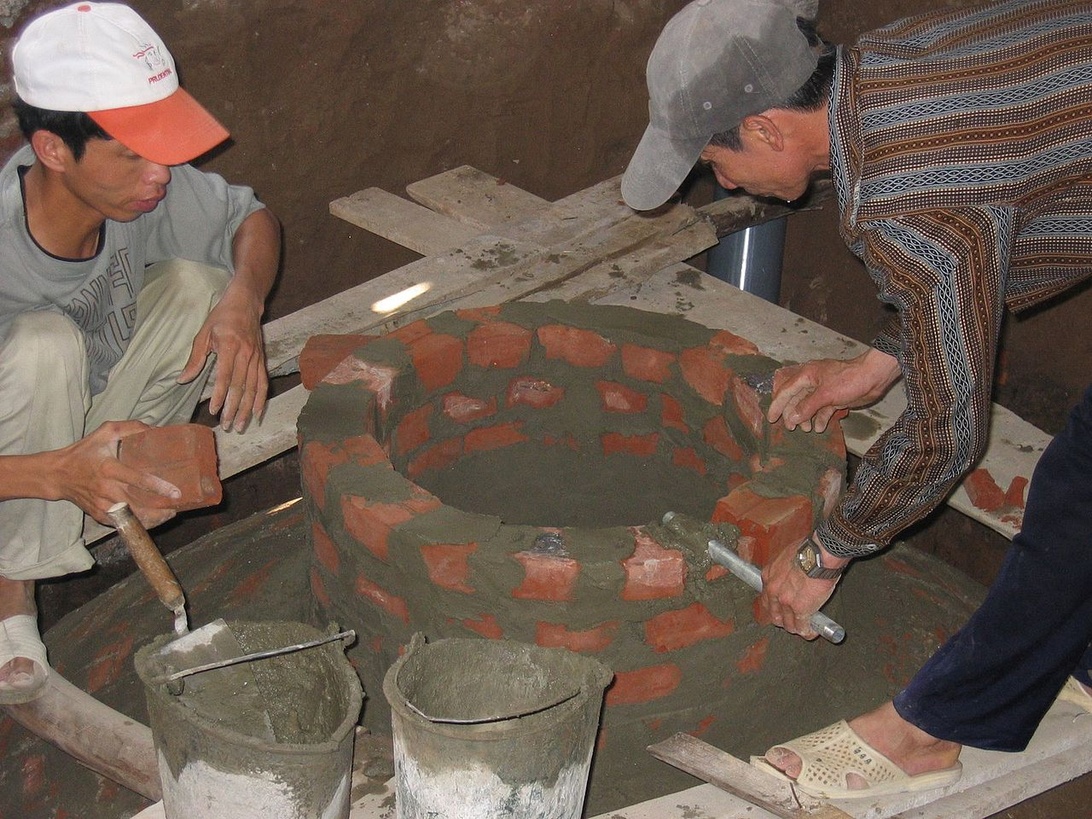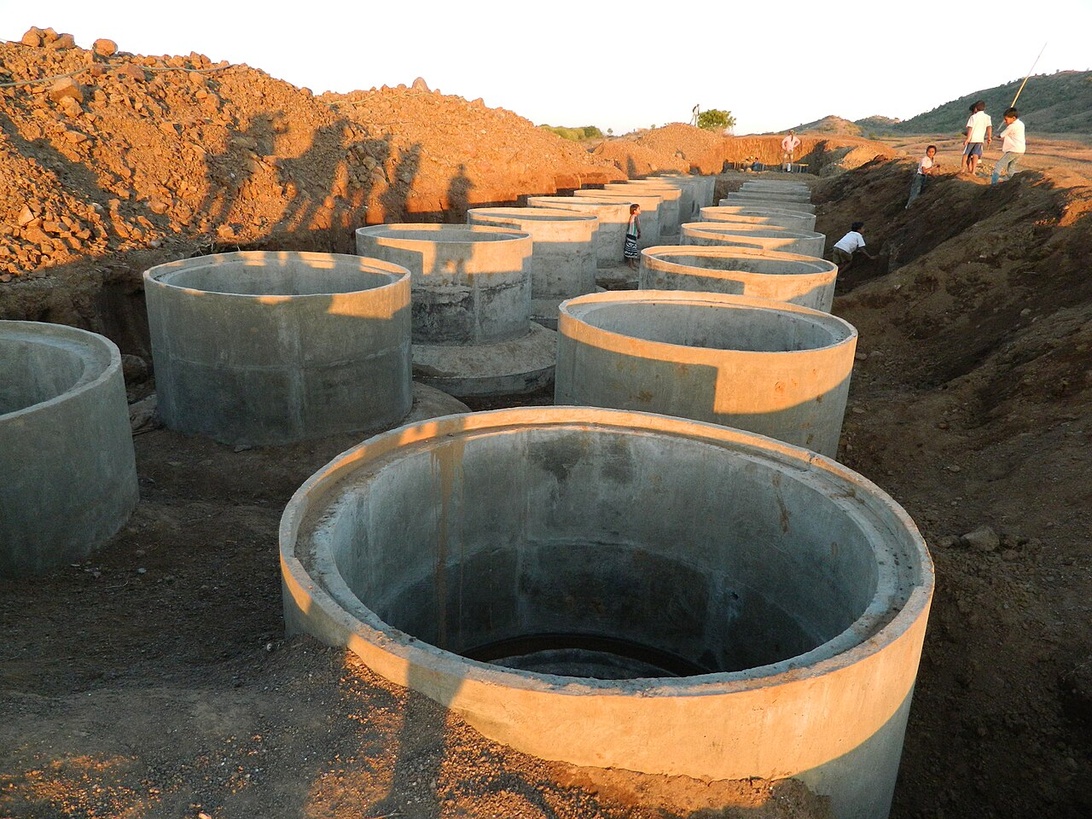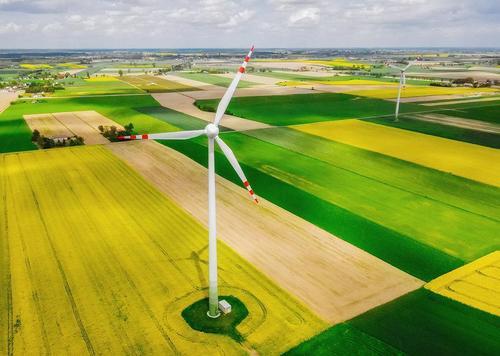Maatilan biokaasulaitoksen perustaminen – traktorin rooli ja käytännön vinkit
A few years ago, staring at the farm’s hefty electricity bill, I decided that a change had to happen. Energy consumption on a farm is obvious, but it felt incredible how much of the income flowed directly into the coffers of electricity and fuel companies. That’s when my journey into the world of renewable energy began, and one thing, in particular, stood out: biogas. I soon realized that on a farm, we literally have fuel under our feet, such as manure, grass, and surplus biomass. In this article, I want to share what I’ve learned and show how establishing a biogas plant can revolutionize your farm’s economy and how your good old tractor takes on a completely new, central role in all of this.
Why Biogas Interests Farms More Than Ever?
The interest in biogas has not arisen out of nowhere. It’s a combination of economic sense, technological development, and a genuine desire to make agriculture more sustainable. For many, like Ilpo Wennström from Toholampi, the impetus came from enormous electricity bills. As Yle news reports, on his farm, the monthly electricity bill dropped from over 3000 euros to about 300 euros with the biogas plant. When savings in heating and purchased fertilizers are added, annual savings can amount to as much as 80,000 euros. This is no longer a small endeavor but a significant improvement in the farm’s profitability. State support has also made the investment more attractive than ever. When the investment support increased to 50 percent, the number of applications exploded. This is a clear signal that farmers see a real opportunity in biogas. It’s not just about savings but also a new source of income. As Maaseudun Tulevaisuus has reported, the government’s goal to quintuple biogas production and the blending mandate for transport fuels coming into force at the beginning of 2025 mean that there is a growing market for biogas. In addition to covering their own farm’s energy needs, an increasing number of farmers are considering refining and selling biomethane for transport use.
How a Biogas Plant Works: From Manure to Energy and Fertilizer
Many might imagine a biogas plant to be a complex chemical factory, but the basic idea is ultimately simple and natural. It’s like a cow’s digestive system, but bigger. Organic matter, such as slurry, solid manure, grass, or even straw, is fed into the heart of the plant, the reactor. In anaerobic conditions, microbes begin to break down this mass, resulting in methane-rich biogas. This gas can then be used in many ways. The most common way on a farm is to burn it in a generator, which produces electricity and heat for the farm’s own needs. For example, at Lähteenmäki dairy farm in Rusko, 50 kilowatts of electrical power and 80 kilowatts of thermal power are sufficient to cover the farm’s needs, and surplus electricity can even be sold to the national grid. But the process doesn’t end there. Once the gas has been collected, the remaining mass, the digestate, is a real treasure. It is nutrient-rich, almost odorless, and in a form more easily utilized by plants as fertilizer. As has been shown in sustainable development projects, this digestate can be separated into liquid and solid fractions. The solid fraction is excellent for animal bedding, for example, reducing the need to buy straw or peat, while the liquid fraction is an effective field fertilizer. This closes the nutrient cycle on the farm in a way that reduces dependence on expensive chemical fertilizers and improves soil health.

The Tractor’s Role in the Biogas Economy
Your tractor is the absolute hero of the biogas plant and the backbone of the entire system. Firstly, someone collects and transports biomass such as grass, straw, and manure to the reactor. This is traditional tractor work, but it gains new significance as part of the energy production chain. Secondly, and perhaps even more importantly, the tractor is key in utilizing the recycled fertilizer produced by the biogas process. The spreading of digestate on fields can be done extremely efficiently and precisely with modern technology. Tanks for liquid fertilizer can be integrated directly into the seeding unit, allowing the fertilizer to be placed exactly where the plant needs it most. In this work, reliability is paramount, and many successful farms rely on ensuring efficiency and operational reliability by choosing a Kellfri tractor with accessories designed for Finnish conditions. With ISOBUS technology, fertilizer dosage can be adjusted site-specifically and seamlessly from the tractor’s cab. Thus, the tractor becomes an intelligent tool that not only performs field work but also ensures that valuable nutrients are returned to the cycle as efficiently and environmentally friendly as possible.

Fuel of the Future: Biogas in the Tractor’s Tank
What if the tractor not only participated in the biogas production chain but also used it as its fuel? This is no longer just a dream of the future. Series-produced gas tractors, such as the New Holland T6 Methane Power, are already on the market. This takes the farm’s self-sufficiency to a completely new level, as the need for externally purchased diesel can be eliminated for work machinery as well. There are challenges, of course. The operating range of gas tractors has so far been limited, and the refueling infrastructure still requires development, as gas stations for passenger cars are not suitable for refueling tractors. Despite this, many farmers see gas tractors as a clear future direction that emphasizes the green values of agriculture and further increases savings.

From Planning to Implementation: Tips for Establishing Your Own Plant
Enthusiasm is important fuel, but a successful biogas project requires careful planning. I have compiled some practical tips here, based on the experiences of other farmers and industry reports.
Draft a Comprehensive Business Plan
This is the alpha and omega of everything, and also a prerequisite for receiving investment support. Calculate your current energy costs (electricity, heat, fuels) precisely and realistically estimate how much the plant could generate in savings. Also, consider the reduction in the need to purchase fertilizers and bedding. Remember that savings can be positively surprising, as in Ilpo Wennström’s case.
Size Correctly and Consider Collaboration
The biomass from a single farm may not be sufficient for profitable transport fuel production. Consider a joint plant for several farms, which shares investment costs and risks. As the City of Espoo’s report shows, significant synergy benefits can be achieved through cooperation. In planning, utilize tools such as the Natural Resources Institute Finland’s Biomass Atlas, with which you can estimate the quantity and location of biomass in your area.
Utilize State Investment Subsidies
Actively follow the ELY Centre’s subsidy calls. Support of up to 50 percent is significant assistance that can considerably shorten the payback period. Remember that the support is primarily intended for the farm’s own energy production. If you aim for larger-scale sales operations, the financing model is different.
Choose the Right Technology and Partners
There are many types of plants on the market. Containerized, factory-prefabricated equipment can significantly speed up the construction process. Discuss with different plant suppliers and compare their calculations with your own. Don’t be afraid to challenge the figures and ask for references from operational plants.
From Field to Tank and Back: The Farm’s Closed Loop is an Act of the Future
A biogas plant is not just an investment in equipment; it’s an investment in a new way of thinking. It’s a concrete step towards a farm that is not only more economically viable but also truly self-sufficient and environmentally sustainable. When manure and field biomass are converted in the reactor into energy and nutrients, which the tractor then spreads back to the field to produce new crops, the circle closes. This closed loop reduces dependence on external inputs and makes the farm more resilient against market fluctuations. It’s more than just energy saving. It’s a demonstration of how Finnish agriculture can be part of the solution in combating climate change and promoting the circular economy. And in the midst of all this, the familiar and reliable workhorse, the tractor, is harnessed for a new, even more important task.




